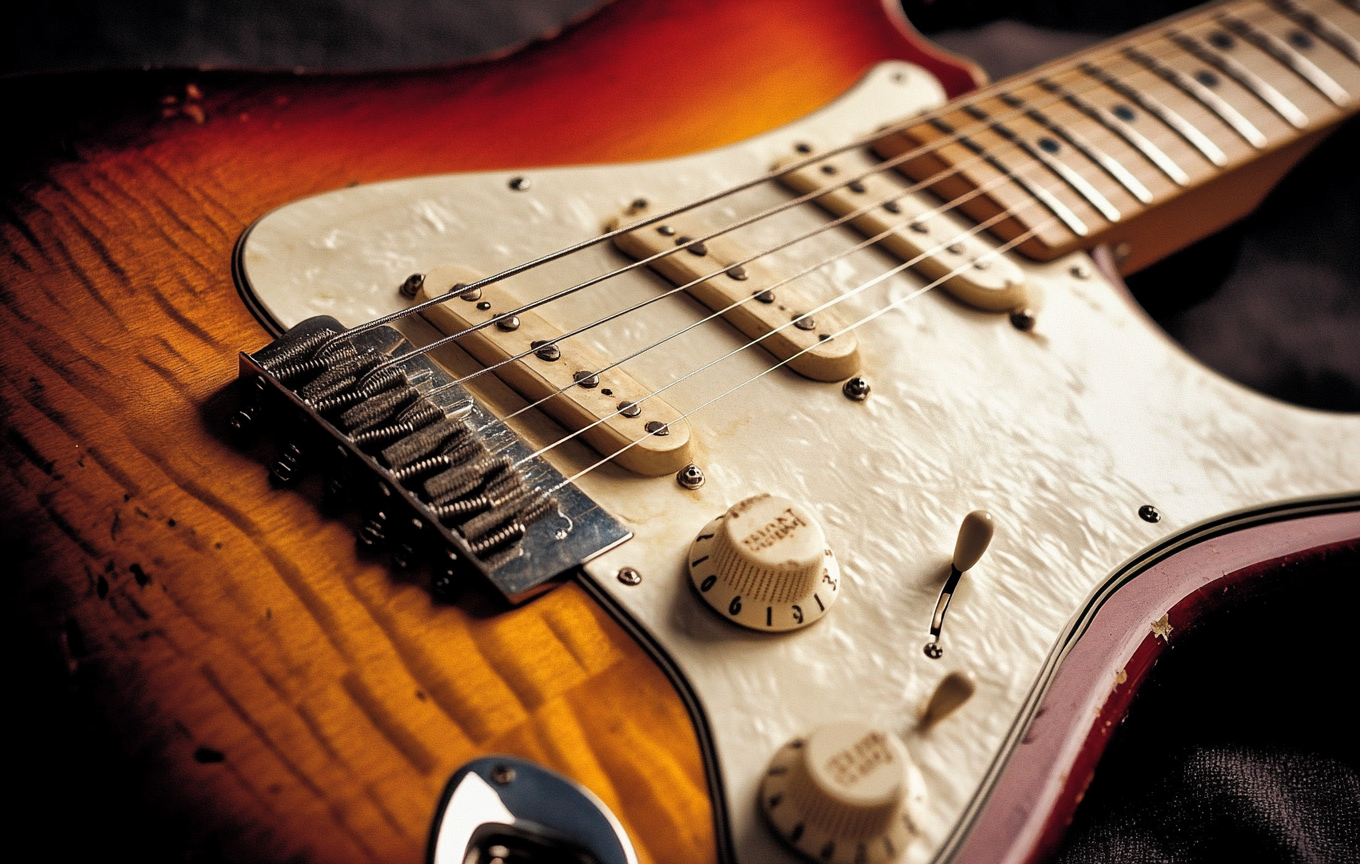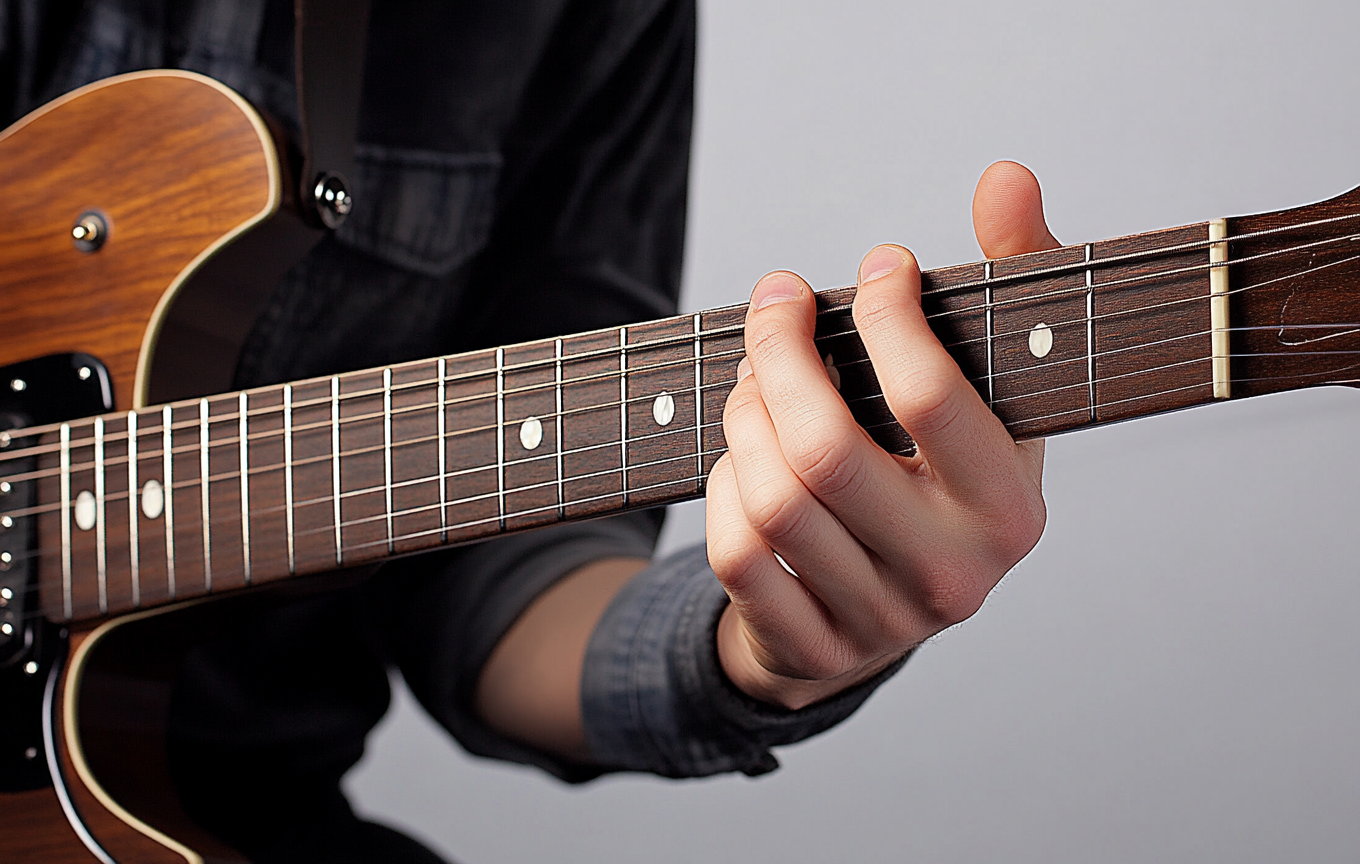How the Guitar is Played - A Complete Beginner's Guide
1. Introduction
The guitar is one of the most popular musical instruments worldwide, known for its versatility and ability to produce beautiful melodies and harmonies. Whether you're a beginner or someone looking to refine your skills, understanding how the guitar is played is essential. This guide will take you through the basics of playing the guitar, including holding the instrument, fretting notes, strumming, and essential techniques.
2. Holding the Guitar Correctly
Before you start playing, it's important to hold the guitar properly. There are two main positions:
- Sitting Position: Place the guitar on your right leg (for right-handed players) or left leg (for left-handed players). Keep your back straight and ensure the guitar is comfortably angled.
- Standing Position: Use a guitar strap to support the instrument and adjust it to a comfortable height where your picking hand and fretting hand can move freely.
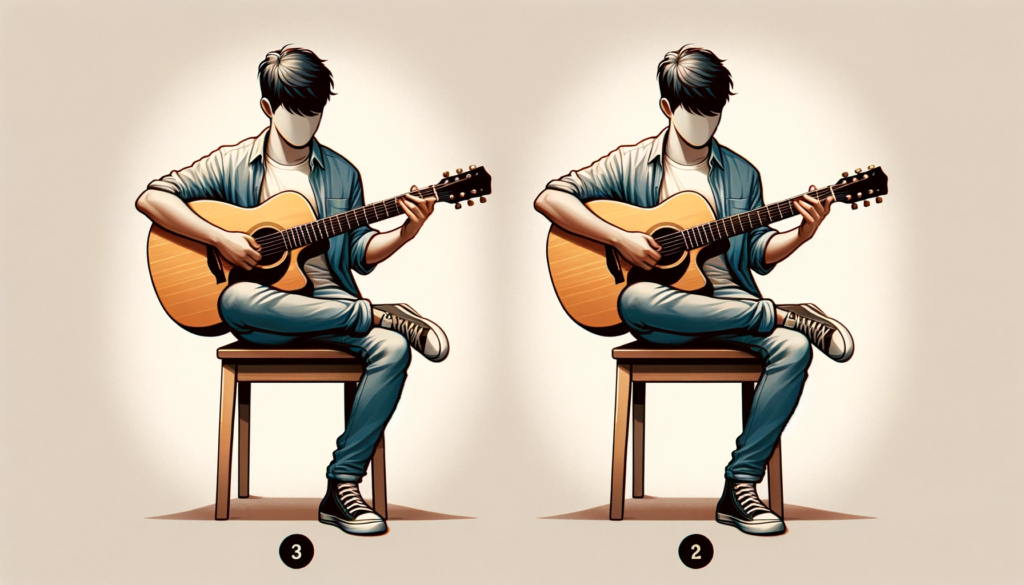
Holding the guitar correctly ensures better control and ease of playing.
3. Understanding the Guitar Strings and Frets
A standard guitar has six strings, each tuned to a specific note from lowest to highest:
- E (6th string - thickest)
- A (5th string)
- D (4th string)
- G (3rd string)
- B (2nd string)
- E (1st string - thinnest)
The guitar neck is divided into sections called frets. Pressing a string on different frets changes the pitch of the note.
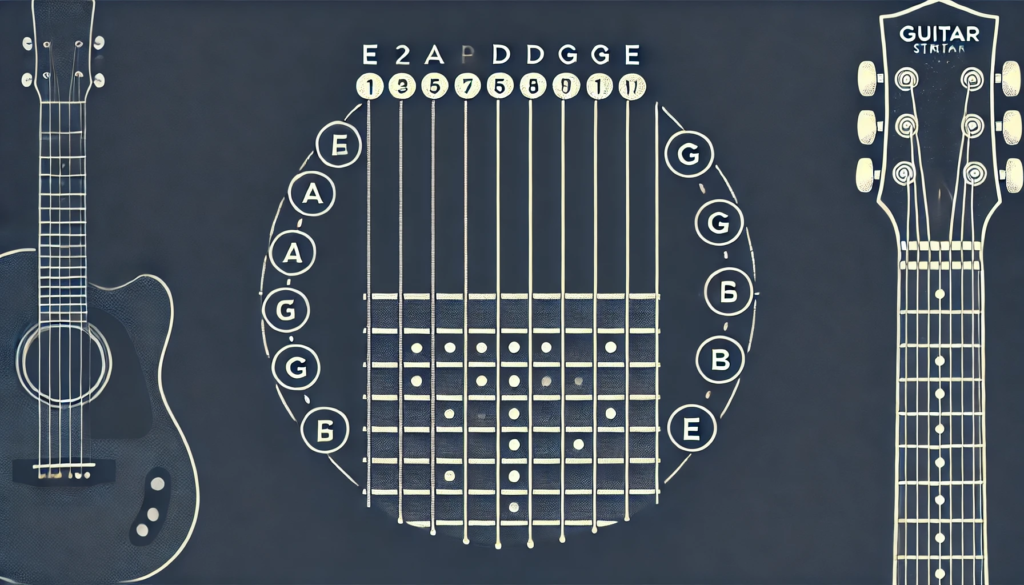
Understanding the strings and frets helps with note placement and chord formation.
4. Basic Guitar Techniques
A. Fretting Notes
- Press the string just behind the fret (not directly on it) for a clear sound.
- Use your fingertips and apply enough pressure to prevent buzzing.
- Keep your fingers curved to avoid touching adjacent strings.
B. Strumming and Picking
- Use a pick (plectrum) or your fingers to strum across the strings.
- For downstrokes, move your wrist downward across the strings.
- For upstrokes, move your wrist upward lightly.
- Alternate picking (down-up strokes) is useful for playing melodies.
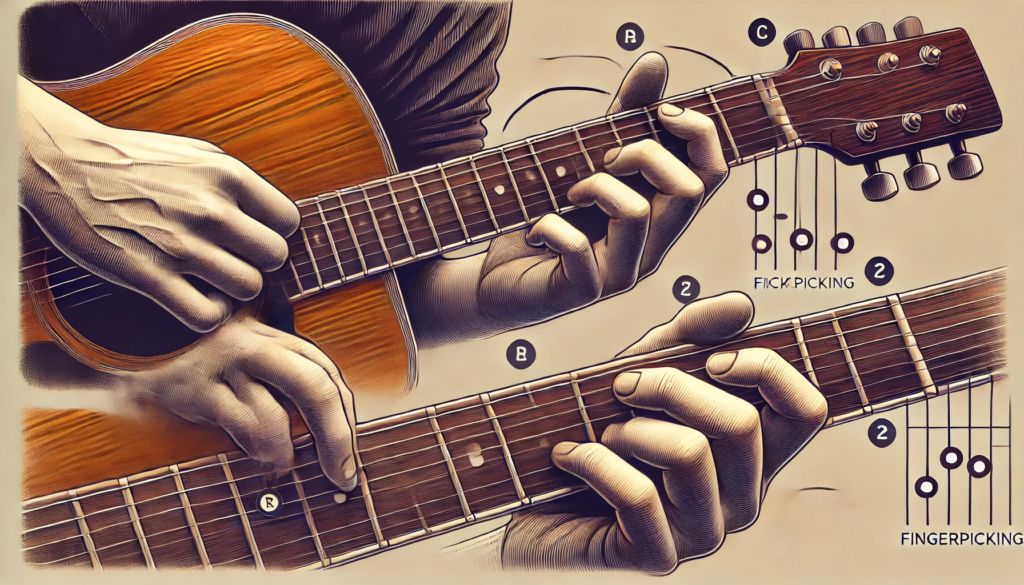
Proper strumming and picking techniques help produce a clear and consistent sound.
5. Playing Chords and Scales
A. Basic Chords
Chords are combinations of notes played together. Some essential beginner chords include:
- C Major (C)
- G Major (G)
- D Major (D)
- E Minor (Em)
- A Minor (Am)
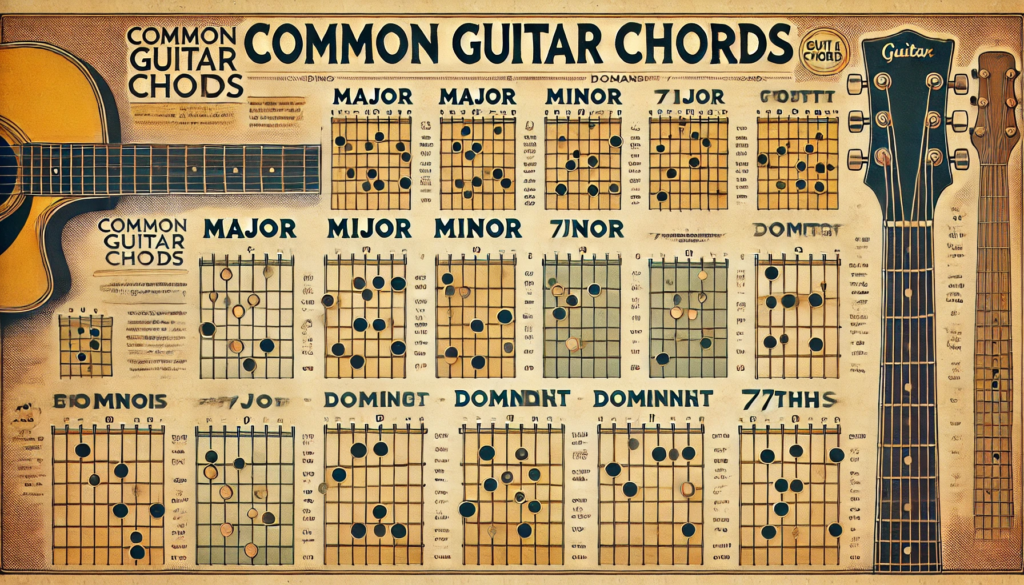
These basic chords form the foundation of many songs and progressions.
B. Playing Scales
Scales are sequences of notes played in order. The most common beginner scale is the C Major Scale:
C - D - E - F - G - A - B - C
Practicing scales helps with finger dexterity and understanding melodies.
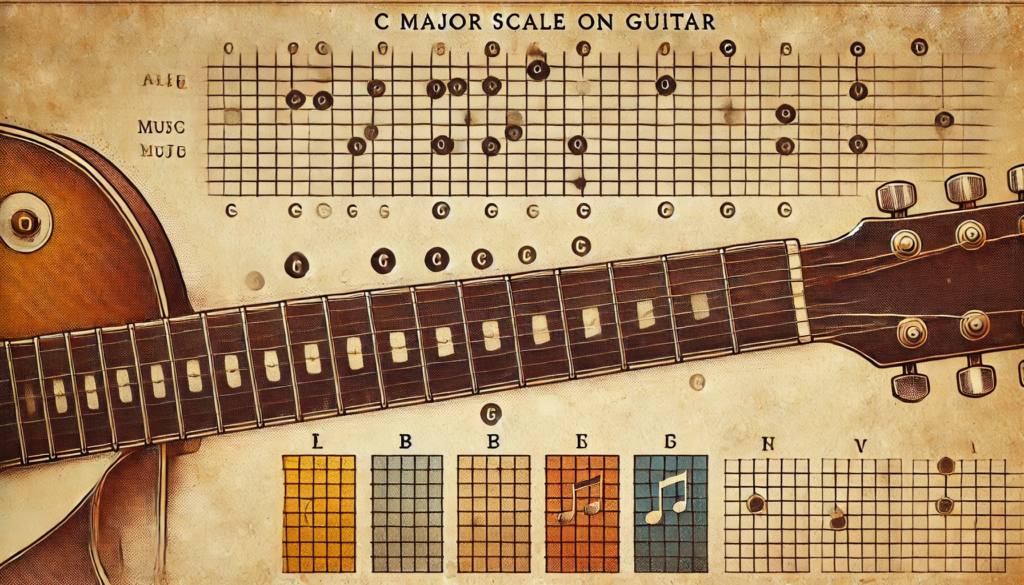
Learning scales helps with lead guitar playing and soloing.
6. Fingerpicking vs. Strumming
Some guitarists prefer fingerpicking over strumming for a softer, melodic sound. In fingerpicking:
- Thumb plays the bass notes (E, A, D strings).
- Index, middle, and ring fingers pluck the higher strings (G, B, E).
Strumming provides rhythm, while fingerpicking enhances melodies.
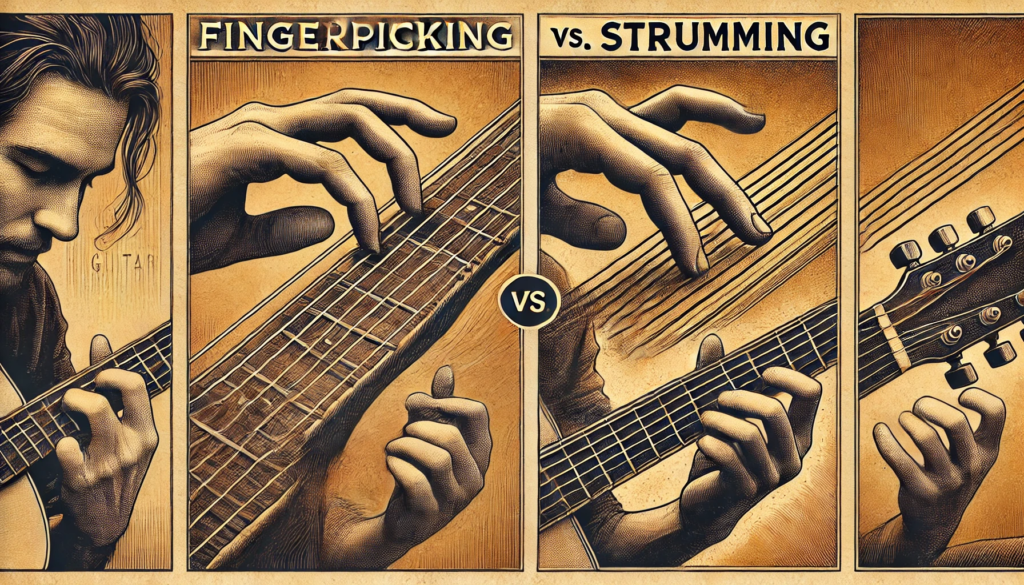
Fingerpicking produces a softer sound, while strumming adds rhythm to songs.
7. Tips for Playing Guitar Effectively
✔ Practice daily – Even 15 minutes a day improves skill over time.
✔ Use a metronome – Helps keep a steady rhythm.
✔ Start slow – Accuracy is more important than speed.
✔ Play along with songs – Helps develop timing and musicality.
✔ Have fun – Enjoy the learning process!
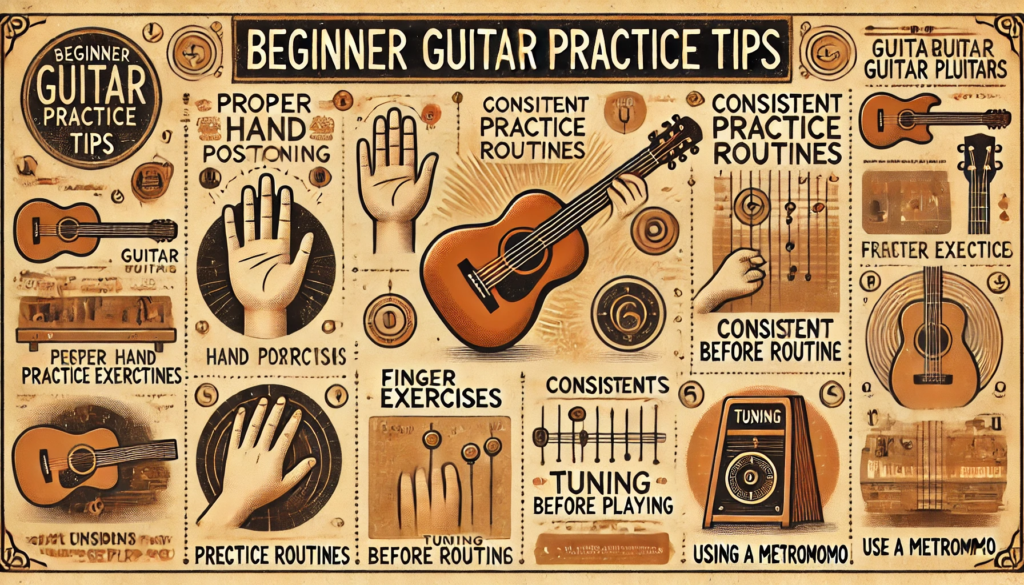
Consistent practice and enjoyment are key to mastering the guitar.
8. Conclusion
Learning how the guitar is played involves understanding its parts, mastering strumming and picking techniques, and practicing chords and scales. With dedication and practice, anyone can play the guitar and enjoy making music.
🎸 Grab your guitar and start playing today! 🚀





